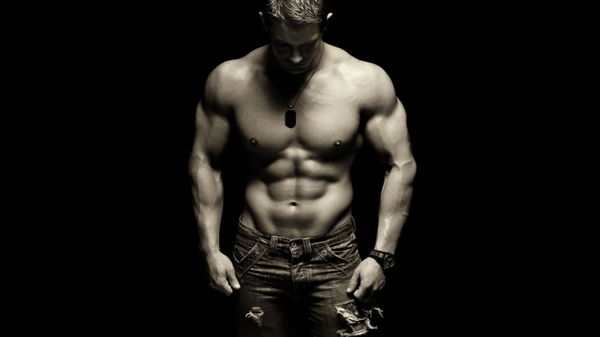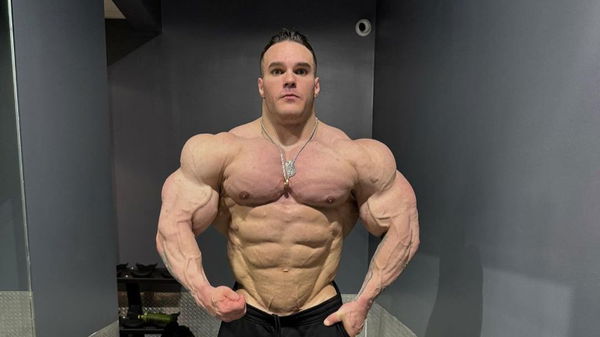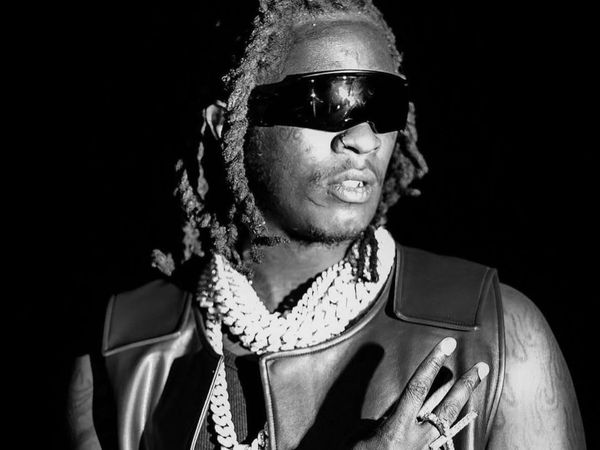What Is Human Growth Hormone? How Did It Change the Face of Bodybuilding?

Follow Us

The Human Growth Hormone, popularly called HGH or simply GH in bodybuilding, had a massive impact on the sport. What makes HGH unique is the fact that it’s not a traditional steroid. While substances like testosterone or derivatives of testosterone are classified as steroids, HGH falls under peptides. The use of peptides is relatively new in bodybuilding compared to a steroid like testosterone.
Human Growth Hormone is particularly popular among bodybuilders because of its muscle-building effects. Unlike traditional steroids like Dianabol or Trenbolone, GH doesn’t assist in muscle growth directly. Instead, the compound indirectly helps a user gain cosmetic muscle through another compound produced naturally in the liver. However, there’s more than one reason that’s led to the rise of GH use among competitive bodybuilders.
Human Growth Hormone in bodybuilding
ADVERTISEMENT
Article continues below this ad
Human Growth Hormone is a crucial compound that our bodies produce naturally. Its natural production peaks during puberty and helps us grow physically. As we grow older, especially after crossing our 30s, GH production starts declining. The liver absorbs HGH as it travels through our bloodstream. The liver, with the help of HGH, produced another substance.

Trending

“Steroids Did a Number on His Face”: Zac Efron Faces Fierce Scrutiny From Fitness World Over His Insanely Jacked Wrestler Avatar
November 21, 2023 06:01 AM EST

Jay Cutler Defends Nick Walker After Fans Criticized ‘The Mutant’ for Lackluster Pittsburgh Pro Guest Posing
May 17, 2024 08:40 PM EDT

All Rounder Arnold Schwarzenegger’s Bodybuilder Son Unlocks New “Side Quest,” Enters Realm of Soccer
May 18, 2024 01:00 PM EDT

“I Allowed It to Take Over My Life”: Zac Efron Opens Up About His Hulking Body Transformation for Iron Claw
January 05, 2024 04:45 PM EST

Facing Prison Time for Street Gang Activities, Rapper Young Thug’s Supposed Fitness Transformation Breaks the Internet
May 18, 2024 07:40 AM EDT
Get instantly notified of the hottest Bodybuilding stories via Google! Click on Follow Us and Tap the Blue Star.

Follow Us
The medical term for the substance is Isuline Like Growth Factor – 1, or IFG-1. It’s the IGF-1 that helps us put on muscle, increases water retention, and also helps burn fat. Hence, it’s not hard to see why pro bodybuilders looking for an advantage over the competition would use HGH. Like most other exogenous compounds like testosterone, HGH is also a performance-enhancing drug.
GH provides bodybuilders with sort of a holy grail since it helps pump up muscle gain while simultaneously burning fat. People participating in bodybuilding are aware that it’s nearly impossible to gain muscle while losing fat naturally. In fact, it’s a debate that’s been raging on internet forums and comment sections for decades. However, GH helps pros reliably achieve the (arguably) impossible.
Hence, GH became increasingly popular during the mass monster era and continues to be popular. During the 90s when Dorian Yates ruled the Mr. Olympia, others initially struggled to put on so much size. However, with the help of various PEDs including GH, bodybuilders build more muscle. Besides helping to put on muscle, HGH also helps with water retention.
Watch this story | “Biggest Crybaby in Human History”: Fitness world brutally roasts a man failing at 675-pound deadlift after using numerous equipment
In bodybuilding, retaining water in the muscles makes them look even bigger and fuller. Coupled with the fat-burning effects, GH helped bodybuilders put on more muscle and get more shredded than their predecessors. However, Human Growth Hormone has also had a negative impact on bodybuilding and the athletes who pursue the sport.
HGH has its fair share of side effects
HGH might look like a miraculous substance at face value; it’s even prescribed to patients with certain health conditions. However, injecting excess HGH into the human body has some adverse side effects when done in high doses for an extended period of time. Professional bodybuilders who use the compound, use it often, as getting off the HGH results in lower IGF-1 production, resulting in muscle loss.
However, regularly using HGH leads to swelling. While water retention might help make muscles bigger, it also causes swelling. One specific side effect of HGH use is carpel tunnel syndrome. Carpel tunnel syndrome occurs when the median nerve running through the forearm gets squeezed. HGH leads to swelling of the muscles around the media nerve in the hand resulting in CTS.

ADVERTISEMENT
Article continues below this ad
Besides swelling, exogenous HGH also leads to bone growth in certain parts of the body. Hence, after years of use, a bodybuilder’s facial structure might change. While changes in facial structure might be harmless, other changes are not. Besides bone growth, GH also leads to the enlargement of internal organs. Enlargement of organs like the heart and liver might be fatal.
HGH also enlarges the gut, which pushes against the abdominal wall, leading to a condition called HGH gut. The HGH gut makes bodybuilding comeptitors’ midsection look bulkier, affecting the appearance of the abs and the v-tapered look on stage.
ADVERTISEMENT
Article continues below this ad
Hence, like all PEDs, HGH has benefits but also has side effects. While bodybuilders like Lee Priest have rejected the compound, others like Dave Palumbo (arguably the first bodybuilder with the HGH gut) have used it extensively. Despite the side effects, HGH use hasn’t disappeared from the bodybuilding scene. In fact, as researchers find out more about HGH, the substance is here to stay.
Edited by:

Anuj Jacob


